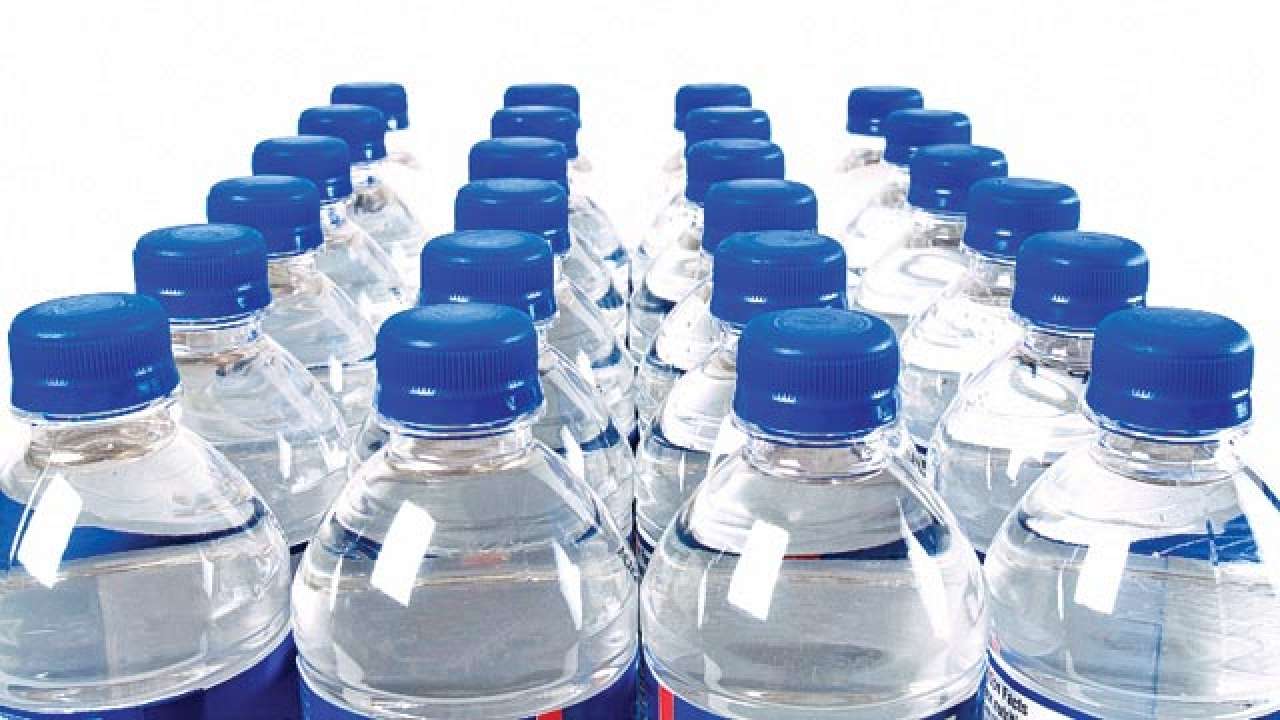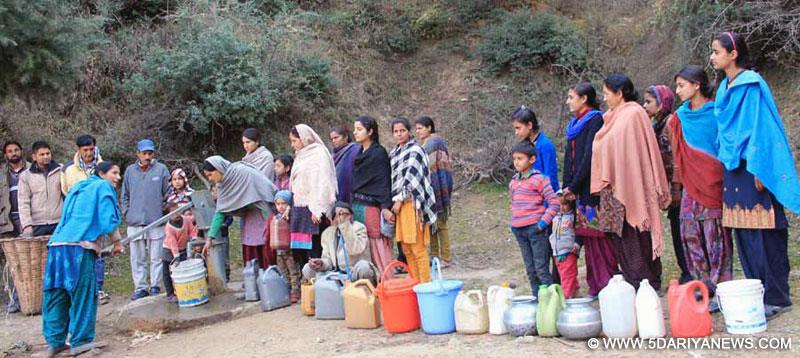WATER – The Valued Resource
यह नदियों का मुल्क है, पानी भी भरपूर है । बोतल में बिकता है, पन्द्रह रू शुल्क है।
The literal meaning of the poem is ”India is a country of rivers and rivers are full of water. But water is being sold in a bottle worth Rs 15.” I came across a Hindi poem on social media last evening and that made me travel through the last three decades when the value of water got converted into the price and further translated into the cost.


Water is always been a widely occurring substance and the most precious resource on the Earth. Only 2.53% of it is freshwater while the rest is saltwater. Two third of it is locked up in glaciers and permanent snow cover, the remaining one-third is distributed regionally with wide gaps. However, the presence of water in many forms plays an important role in enhancing growth and ensuring the survival of human beings on earth.
Drier climates and water scarcity in India led to numerous innovations in water management techniques, since the Indus valley civilization. Most of the time, development sites and waterworks get aligned themselves along the ground ridge to capture its runoff in tanks, check dams and step wells and surplus runoff gets recharges groundwater. Cities developed partly independent and partly interconnected wells, tanks, river channels, canals, step wells, garden channels, pools to collect, conserve and recharge the aquifer while evolving purposes intensely changing social situations. The functional aspects include water for drinking and daily activities, climatic comfort, transportation facilities, recreational facilities, religious facilities, and others. The aesthetic and functional aspects together contribute to economic and social benefits. Apart from these benefits, the ecological benefits include supporting wildlife, controlling floods, recharging groundwater, etc.
It would be interesting to hear from communities, who have practiced traditional water preserving and conserving techniques reflecting the geographical peculiarities and cultural uniqueness of the regions.
